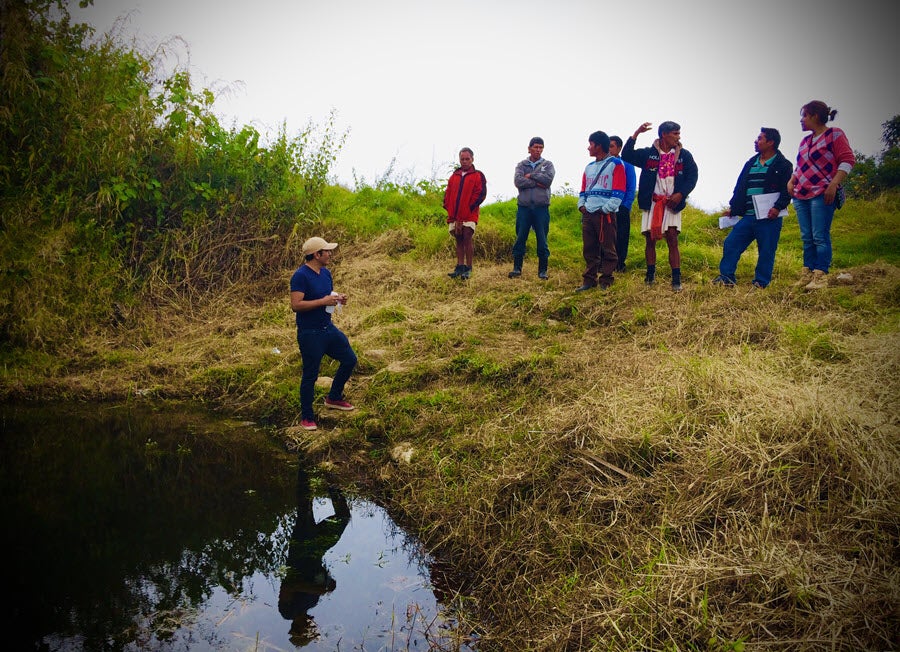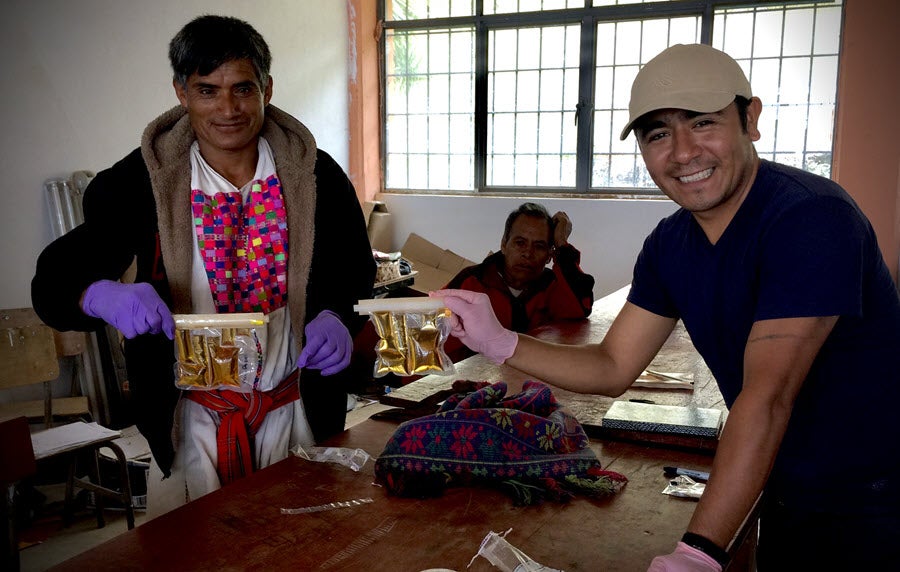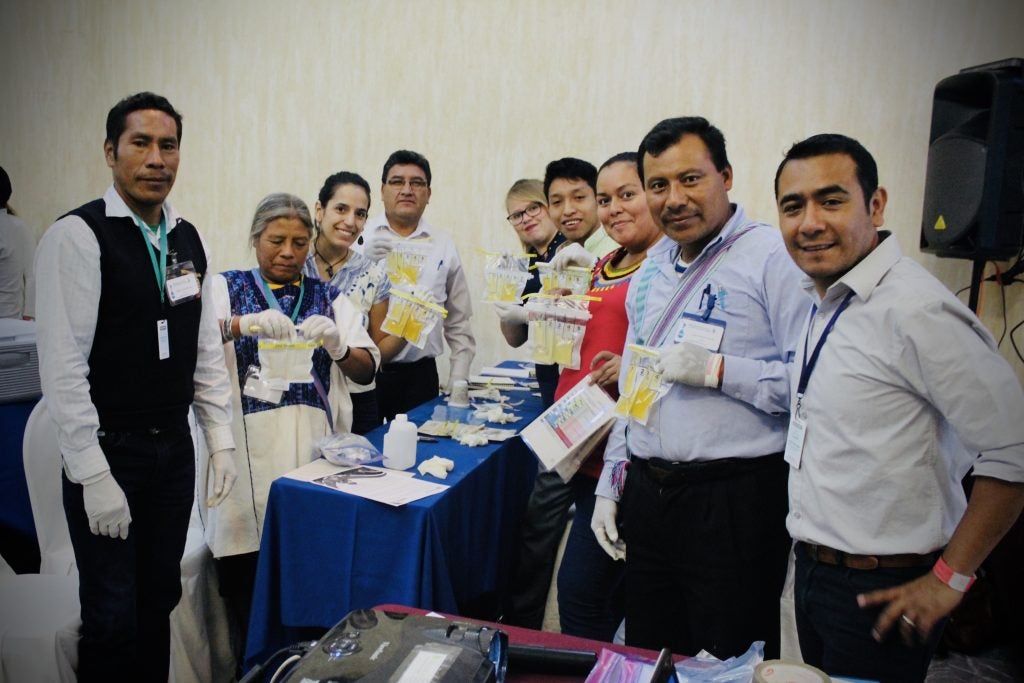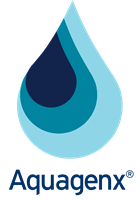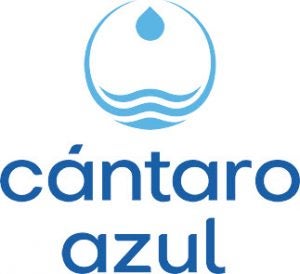Cántaro Azul is a Mexican non-profit organization whose objective is to improve the health and quality of life of people without access to safe water or basic hygiene and sanitation conditions, mainly in rural communities in Mexico.
www.cantaroazul.org
Background and Problem
Cántaro Azul’s mission is to help rural communities in Mexico achieve sustainable water, sanitation and hygiene (WASH) systems by designing and implementing systemic change strategies. Since they were founded in 2006, Cántaro Azul has developed projects and programs that provide safe water solutions to more than 50,000 people.
They initially focused on the development of water technologies suitable for rural contexts. Cántaro Azul has since evolved to focus more on the design, implementation and evaluation of WASH systems and services. Their work requires the organization and participation of communities to adopt healthy WASH behaviors.
Today, Cántaro Azul manages four programs, mainly in the southern state of Chiapas: Safe Water in Schools; Community Based Water Management; Social Entrepreneurship in Water; Water Governance.
Each program combines technical, cultural, organizational and environmental components to have a positive impact on public health. The programs integrate a water quality monitoring strategy and implementation model that strengthens management of local water systems and a water disinfection system appropriate to different circumstances.
Rural, remote regions in Chiapas are difficult to access. In these areas it is difficult to carry and use equipment such as incubators commonly required for many microbiological water quality analysis methods. Cántaro Azul’s programs include a training component for community members so they can sustain routine water quality monitoring themselves, therefore their testing method cannot be difficult to use.
Solution
Cántaro Azul uses the Aquagenx CBT EC+TC Kit because they believe it is a simple, innovative, reliable method that lets them conduct field testing in remote areas.
They incorporate the CBT EC+TC Kit in all their programs. Each program has three major water quality interventions: initial diagnosis to establish the baseline; training in water quality monitoring to strengthen local capacities; evaluation of all programs.
Cántaro Azul’s collaborators and donors include national and international foundations and organizations, private companies and individuals. Because of these alliances, they have the ability to develop and implement innovative solutions for access to safe water and sanitation in rural communities and schools, and ongoing water quality monitoring.
Test Results and Comparison to Other Methods
Cántaro Azul reports they always have obtained excellent results with Aquagenx CBT Kits for every water quality intervention. It is one of the tools they use the most for the analysis of water quality in the field.
For water quality studies and assessments that require strict controls, they carry out tests using both CBT Kits and gold standard methods for the detection of E. coli to compare results. Cántaro Azul notes test results are comparable and similar, and differences are minimal and insignificant. Results of all testing methods reliably fall within the same World Health Organization health risk categories for drinking water with no deviations.
Conclusion
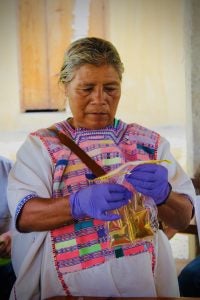 Cántaro Azul has been using Aquagenx water quality test kits since 2014. This includes a study completed in collaboration with the Inter-American Development Bank (IDB) and the National Water Commission in Mexico (CONAGUA). The study used the Aquagenx CBT Most Probable Number (MPN) Kit to assess the sustainability of drinking water systems in 300 rural communities throughout Mexico, obtaining excellent results.
Cántaro Azul has been using Aquagenx water quality test kits since 2014. This includes a study completed in collaboration with the Inter-American Development Bank (IDB) and the National Water Commission in Mexico (CONAGUA). The study used the Aquagenx CBT Most Probable Number (MPN) Kit to assess the sustainability of drinking water systems in 300 rural communities throughout Mexico, obtaining excellent results.
Héctor Castelán, water quality specialist with Cántaro Azul, says “We use the CBT EC+TC Kit because it’s easy to use, accessible and generates precise test results. It is very valuable to us because it does not require specialized equipment for microbial analysis of drinking water and testing can be carried out in the field. We will continue to incorporate the CBT Kit for water quality analysis in all our programs.”
